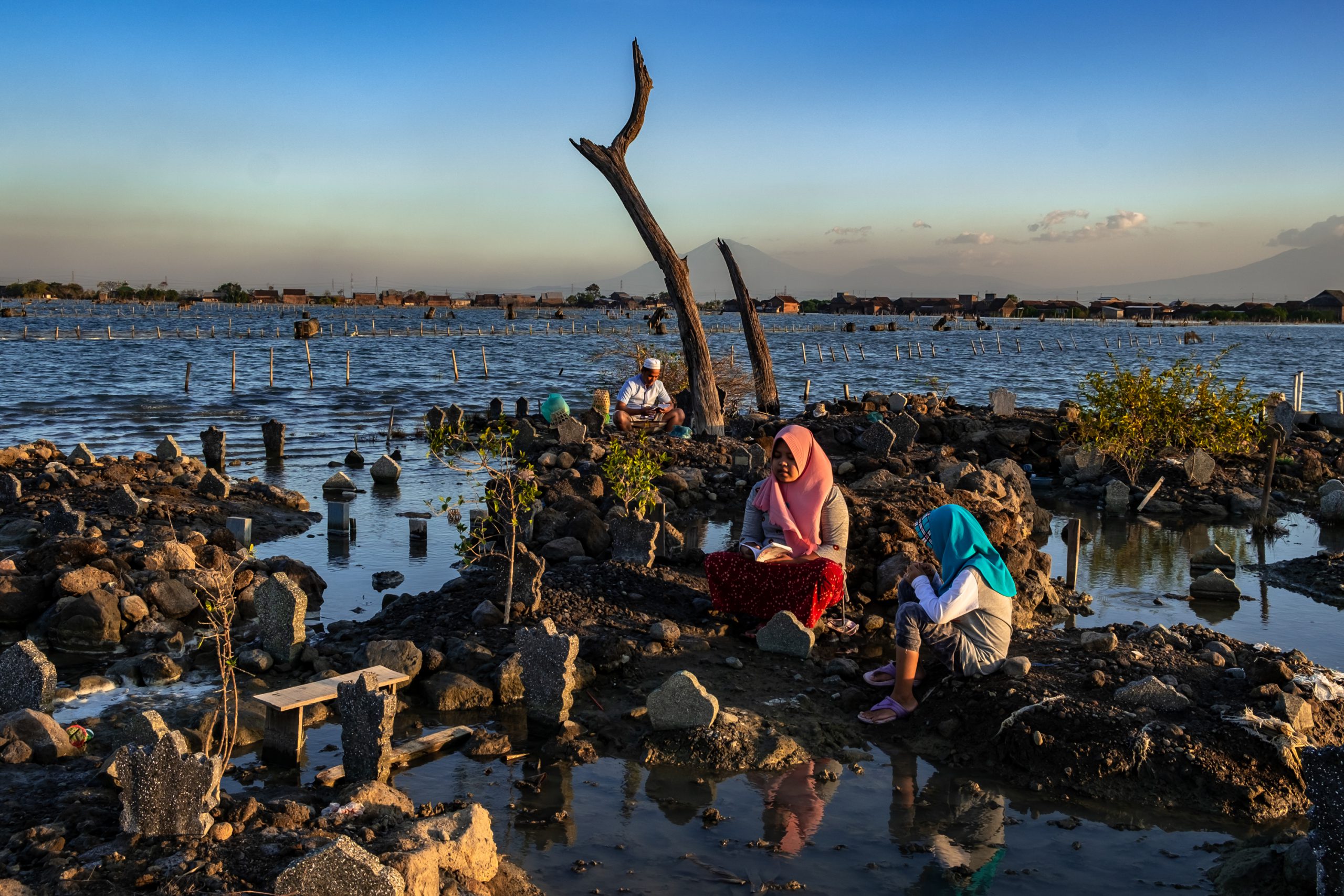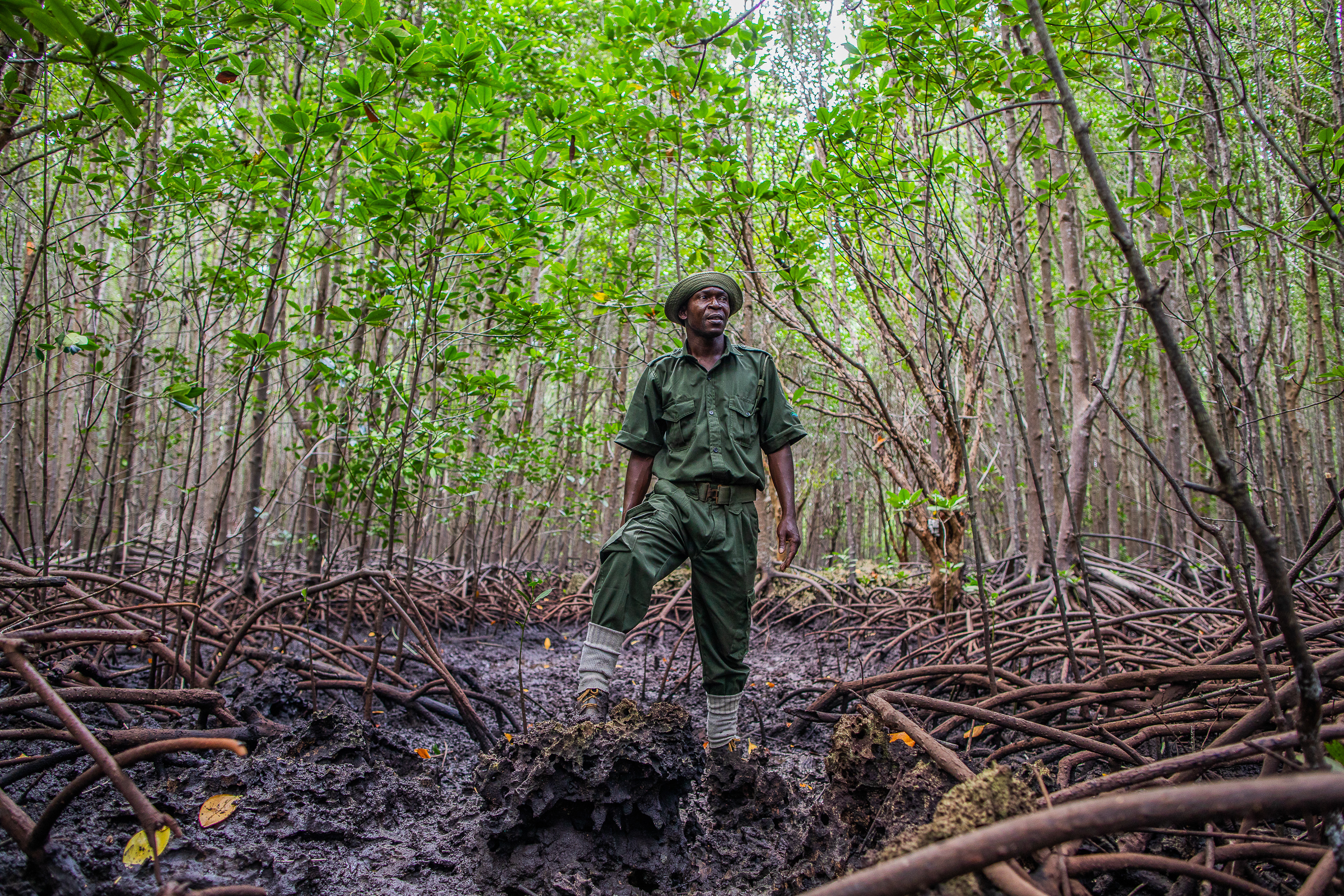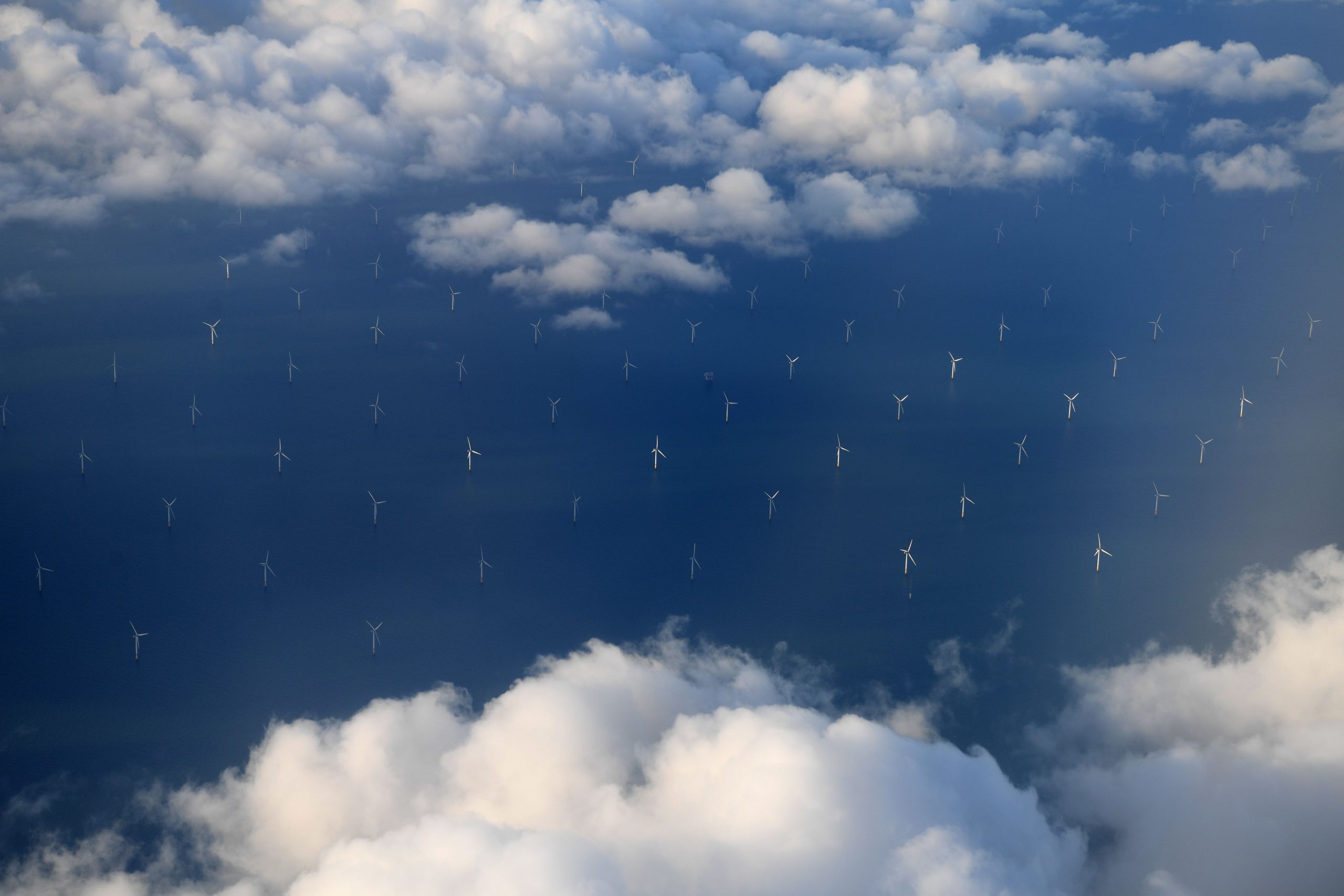The Ocean Visuals Photography Brief
Climate Visuals and Communications Inc developed the following guidance and briefing note for the Ocean Visuals Open Call and collection based on industry best practice, published research and evidence on people’s responses to imagery.
These guidelines on ethics, values and image manipulation and our numbered principles are designed to help the commissioning, production and editing of photography around ocean and climate.
All images submitted to the Open Call were assessed by our independent judges, balancing these guidelines with their own subjective or aesthetic views and lived experience. Photographers, commissioners and editors should interpret this brief as both instructive and inspirational but not restrictive or limiting to creativity.
We are grateful for the additional resources, evidence and studies upon which this brief draws, and have hyperlinked these wherever possible. Photography ethics and research is a growing field but we acknowledge there remains substantial disparity and gaps in knowledge that need to be addressed.
Values and ethics of Ocean Visuals
Climate Visuals is committed to achieving and promoting best practice as regards diversity, equity, inclusion and the application of feminist and anti-colonial approaches to image research and photography. The Ocean Visuals project design has been informed, tested and influenced by the comments and lived experience of a five person, paid advisory board and the images will be selected by an additional independent jury.
Climate Visuals primarily distributes ‘editorial content’, showing real-world people, places, stories, activities and truths - encouraging and only accepting photography free from excessive digital manipulation. Climate Visuals has solidarity with and follows the definition and resources around digital standards as set by World Press Photo.
World Press Photo definition of image manipulation
Ethics in photography concerns the production, capture, editing, publication and usage of photography - this includes considerations regarding the subjects, peoples and places both represented within and viewing images.
Responsibility for ethical practice lies both collaboratively and independently with the photographer, distributor and publisher of images. At all stages, individuals and organisations will need to make robust decisions, including considering power dynamics, potential for harm, and likely or unexpected consequences of sharing images. Climate Visuals does not typically request written location or model releases to be obtained but insists on informed consent. Climate Visuals reserves the right to revoke the inclusion of photographers or images in the library on the grounds of past or future ethical misconduct.
Climate Visuals promotes and references the World Press Photo 2022 ethical guidelines.
World Press Photo 2022 code of ethics
Climate Visuals also recommends photographers visit the excellent Photography Ethics Centre who “teach photographer’s ethical literacy”.
The Photography Ethics Centre
“When we talk about photography ethics, we are talking about applying concepts like responsibility, power, and dignity to how we take and share photographs. Ethical literacy is about having the skills to make sound ethical decisions. These skills include things like critical thinking, situational awareness, and cultural sensitivity.”
Toby Smith, Climate Visuals Programme Lead, spoke in conversation on the Photo Ethics Podcast, discussing ethics & equity in photography, including thoughts on what makes for successful climate change imagery, how to invite and give presence to more diverse voices, and the ethical considerations when designing the original Visualising Climate Change open call.
The ocean and climate link, including coasts and inland water
The ocean plays a vital role in regulating the climate and in doing so protects us from the worst impacts of climate change. Despite this, the link between the climate and the ocean is not commonly understood, talked about or integrated into the way we tackle the climate crisis.
Ocean Visuals hopes to better incorporate the ocean and be inclusive of the diverse experiences of coastal communities, including estuaries, rivers, inland waterways, urban, rural and remote environments, into global communications about climate.
Read more about the ocean-climate connection
We pay our respects to Elders past, present and emerging across this land and sea, and acknowledge the role traditional Indigenous stewards play across the globe in understanding our climate.
Evidence-based resources and guidelines
1. Show people in ocean and coastal regions with authenticity
- Always choose real images and people - never staged or manipulated photos
- Authentic images have more impact, especially with an identifiable emotion, familiar scene, geography or concept
- Depict a variety of ocean and coastal regions with authentic activities
- Share stories promoting the work of specific people and communities
- Foster a real sense of place - avoid just showing a location
2. Visualise the diversity of people-and-ocean connections
- Document diverse representations of people - not tokenism
- Avoid abstract photographs of marine life without people, their activities or relationships
- Avoid generic, distant, ocean imagery
- Show the multitude of ways that people connect with or rely on the ocean
- Showcase how people, their values, beliefs and identity are tied to the ocean
3. Tell new stories
- Less familiar, more thought-provoking images and narratives can remake and improve the visual representation of the environment
- Familiar, ‘classic’ images - such as polar bears, melting ice or plastic pollution - can cause cynicism and fatigue as they are overused and stereotyped
- Focus on stories of urgency and potency with a depth of feeling and vision
- Visualise connections to the high seas and deep ocean.
4. Find ocean and climate causes, impacts and solutions at scale
- People can’t always see the links between the ocean, climate change and their daily lives
- Individual ‘causes’ of climate change or harm - such as eating fish - may provoke defensive reactions
- When showing ‘problematic’ behaviours, show subjects at scale e.g. a trawler vessel, rather than a single fisher-person
- Showing positive solutions at scale conveys the potential to effectively tackle ocean and climate issues and helps overcome present day fears
5. Pair emotionally powerful impacts with positive actions
- Climate impacts can be emotionally powerful and promote a response
- People are moved more by images of impacts - e.g. floods and destruction from extreme weather - than by ‘causes’ or ‘solutions’
- However, climate impacts - because they are so emotionally powerful - can also be overwhelming and leave people feeling hopeless
- Therefore coupling or showing images of climate impacts with a concrete and attainable positive solution for people is very effective
6. Develop ideas to invite curiosity and foster engagement
- Combine multiple stories and concepts into single images where possible
- Show individuals, communities and businesses who are innovating and collaborating to achieve sustainability
- Clear, concise caption information can summarise the issue and will aid the viewer
- Connect people to the wonderful diversity of natural places beyond their own experiences or knowledge
- Create in-depth, long form and truly lasting content
- Develop a sense of awe and responsibility by showing the wonders of the ocean combined with relevant story and caption information.
7. Prioritise ethics, safety, wellbeing and prevention of harm
- Honouring people who fight or campaign for the environment is vital but anonymity of people, places and informed consent is necessary to reduce risks
- Develop informed consent - collaborate, co-create and participate - so communities can take decisions collectively and positively
- Self-interested photography is a serious problem when working in many cultural contexts, Indigenous Territories, marginalised or vulnerable communities
- Strive to show utmost respect, friendship and appreciation for the support received
- Be mindful of how you portray people and respect the people you work with or photograph, ensuring you deal with everyone as your collaborator and active participant
- Do not cause or normalise harming or disturbing wildlife and habitats
8. Be aware of problem narratives
- Go beyond visual cliches, overused icons and familiar underwater imagery
- Be cautious with protest imagery as the images may only resonate with people who already consider themselves activists, campaigners or environmentalists
- However, protest images clearly involving people directly affected by climate impacts, especially seeking climate justice, are seen as more authentic and therefore more compelling
- Recognise the problems of a saviour complex and instead focus on images that empower communities.
- Don’t misrepresent heatwaves as ‘fun in the sun’
- Be careful illustrating the ocean as ‘vast and otherworldly’ as it can undermine its real vulnerability and the risks of negative change
Technical specifications
Images were judged individually on their inherent visual, not technical, quality - but must have met our minimum caption and digital requirements.
Submissions could be between 1 and 20 single images maximum and must have…
- Included a short bio and social media links via the registration form
- Included a detailed caption of what, where, when and why - to be added during the submission process
- NOT been manipulated to change the visual content of the image, beyond basic editorial photo industry standards as defined by the expertise of the World Press Photo Foundation
- Digitally, been at least 2,000 pixels wide or high
- Been of a file size below 20MB at upload - use jpeg compression only if required
- Been of sufficient photographic quality for assessment and digital communication
- Been in a .jpg file format - embedded metadata could be edited during submission
1. Register to the Climate Visuals library for instant access
2. Review Ocean Visuals background and photography brief
3. Browse, download and amplify the Ocean Visuals collection














